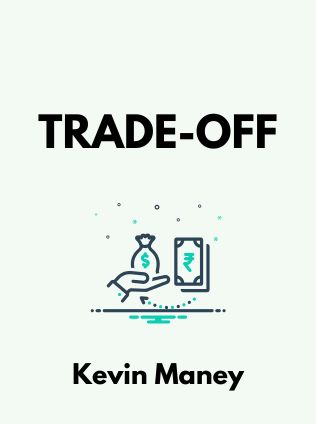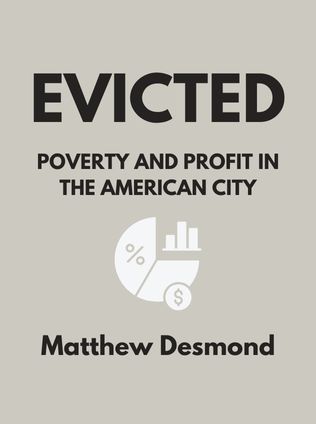
Trade-Off
Why Some Things Catch On, and Others Don’t
By Kevin Maney
Published 09/2009
About the Author
Kevin Maney is a distinguished journalist and author known for his expertise in technology and business. He has authored several books, including "Megamedia Shakeout" and "The Maverick and His Machine." Maney has been a contributing editor to Condé Nast Portfolio and a contributor to prestigious publications such as The Atlantic, Wired, NPR, and ABC News NOW. For nearly two decades, he covered the technology industry for USA Today. His deep understanding of the intersection between technology and business has established him as a thought leader in the field.
Main Idea
"Trade-Off: Why Some Things Catch On, and Others Don't" by Kevin Maney explores the critical balance between fidelity (the quality of a consumer's experience) and convenience (the ease of obtaining and using a product). Maney posits that successful products and services typically excel in either fidelity or convenience but rarely both. He introduces the concept of the "fidelity swap," where consumers make trade-offs between these two elements, and explains how understanding this dynamic can help businesses create stronger products, brands, and strategies.
Table of Contents
- Introduction: The Fidelity Swap
- Fidelity vs. Convenience
- The Tech Effect
- The Fidelity Belly
- The Fidelity Mirage
- Super-Fidelity or Super-Convenience
- Social Accelerants
- Wrecking-Ball Moments
- Winners and Losers
- Innovation and Strategy
- Personal Strategy
Analyzing and Explaining Each Idea and Sub-Content
Introduction: The Fidelity Swap
Kevin Maney begins by introducing the concept of the fidelity swap, which highlights the constant trade-offs consumers make between fidelity and convenience. He provides everyday examples, such as choosing between watching a baseball game on TV (convenience) versus attending the game in person (fidelity). This foundational idea sets the stage for understanding how products succeed or fail based on their position along the fidelity-convenience spectrum.
Fidelity vs. Convenience
Fidelity represents the total experience of a product, encompassing sensory aspects, aura, and identity. Convenience, on the other hand, refers to the ease of acquiring and using the product. Maney argues that products and services that excel in either extreme tend to be successful. For instance, Apple's iPhone is a high-fidelity product, while Walmart excels in high convenience.
- A gourmet meal at an upscale restaurant (high fidelity) versus fast food from McDonald's (high convenience).
"Experience + aura + identity = fidelity." - Kevin Maney
The Tech Effect
Technology continually enhances both fidelity and convenience, pushing the boundaries of what is possible. Maney explains that as technology evolves, the standards for fidelity and convenience also shift. Companies must keep pace with these changes to remain competitive. Failure to do so can result in falling into the "fidelity belly," where a product is neither convenient nor high-fidelity enough to attract consumers.
- Digital cameras started inside the fidelity belly but eventually displaced film cameras by improving both fidelity and convenience.
The Fidelity Belly
The fidelity belly is the danger zone where products that are neither high in fidelity nor convenience languish. These products fail to excite consumers and often become obsolete. Maney uses the example of VHS tapes, which fell into the fidelity belly once DVDs became available.
Sign up for FREE and get access to 1,400+ books summaries.
You May Also Like
Rich Dad Poor Dad
What the Rich Teach Their Kids About Money - That the Poor and Middle Class Do Not!
By Robert T. KiyosakiFreakonomics
A Rogue Economist Explores the Hidden Side of Everything
By Steven D. Levitt and Stephen J. DubnerThe Lean Startup
How Today's Entrepreneurs Use Continuous Innovation to Create Radically Successful Businesses
By Eric RiesFactfulness
Ten Reasons We're Wrong About the World – and Why Things Are Better Than You Think
By Hans RoslingThe Ride of a Lifetime
Lessons Learned from 15 Years as CEO of the Walt Disney Company
By Robert Iger



















